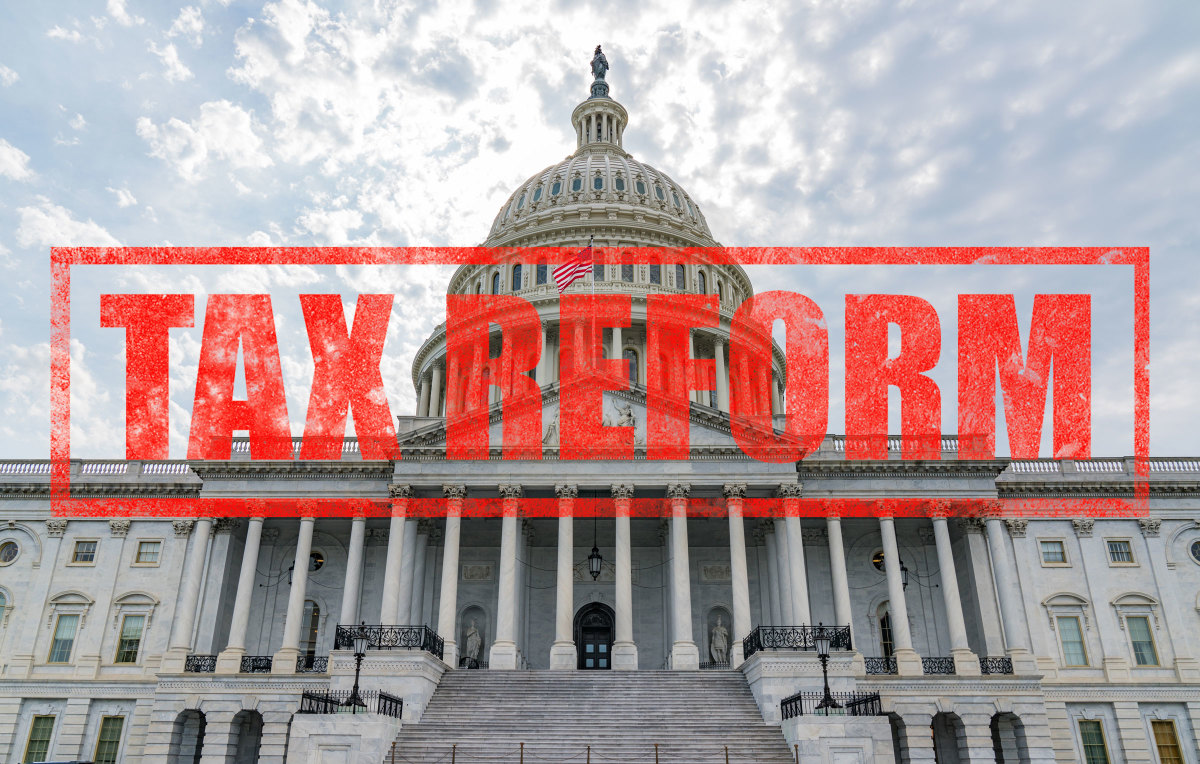
The Senate hustled early Wednesday morning, December 20 to pass the Tax Cuts and Jobs Act of 2017 by a vote of 51-48. Although the House passed the bill Tuesday afternoon, congressional budget rules required the Senate to return the bill to the House for a revote on Wednesday to address technical changes. While details related to the 1100-page conference report on the final legislation continue to emerge, please see the below highlights that will have the most direct impact on the horse industry:
Business Provisions
The new tax law reduces the corporate income tax rate from 35% to 21% and takes effect January 1. AHC members filing as “C corporations,” which are generally identified by the suffix, “Inc.,” will see an immediate reduction in their official, or statutory tax rate. AHC members filing as “C corporations” would include racetracks, makers of pharmaceuticals and agricultural equipment, and large breeding operations governed by officers and a board of directors, among others. While many policy experts believe that the new tax code will be easier to navigate from a business perspective, corporate taxpayers’ effective liability will vary to the extent they are able to utilize the new code’s remaining deductions, some of which are outlined below.
The Tax Cut and Jobs Act establishes a 20% deduction for the first $315,000 of joint income, or $157,500 for individual filers, from “pass-through” entities such as partnerships, sole proprietorships and S corporations. This new provision could benefit small businesses that generally report incomes at or near the new threshold level. While various types of “pass-throughs” constitute the fastest growing segment of AHC members, they also include the majority of U.S. farms. According to Department of Agriculture data, 85% of domestic agriculture production comes from “pass through” entities.
The House and Senate conference report includes 100% bonus depreciation – an increase from the current 50% rate – through December 31, 2022, for property placed in service after September 27, 2017. Beginning in 2023, bonus depreciation is reduced from 100%, to 80% in 2024, then falls by 20% increments each year through 2026. Farm equipment used in a business operation, breeding stock and according to a preliminary reviews of the final language, race horses will benefit from the robust deduction.
The final law preserves the deduction of losses “sustained … on wagering transactions to the extent of the gains” realized “during the taxable year.” However, the law clarifies that the “limitation on losses from wagering transactions applies not only to the actual costs of the wages, but to other expenses incurred by the individual in connection with the conduct of that individual’s gambling activity.” For example, the law subjects the deduction for travel expenses to and from a racetrack to the cap established by the amount of the gains. Like many of the deductions in the bill, the provision sunsets after 2025.
The new law repeals the corporate AMT, ending the need to calculate tax liability twice for a single filing.
Individual Provisions
The final law ultimately preserves the estate tax, but doubles the current exemptions of $5.49 million for individuals and $10.98 million for married couples. Raising the statutory threshold will reduce the number of farms and family businesses subject to the tax. It will also spare many family-run businesses from jumping over accounting hurdles to avoid the tax altogether.
The tax law includes a significantly downsized, itemized deduction for up to $10,000 of state and local property taxes. This provision – which eliminates the unlimited, longstanding deduction for state, sales and local property taxes – may pose challenges for AHC members who file returns in high-tax states next year.
The new law reduces the current $1 million cap on mortgage interest to $750,000, which the Internal Revenue Service (IRS) will apply to homes purchased after January 1, 2018.
In cases of individual cash contributions, the final law increases the percentage-limit deduction from the current rate of 50% of the donor’s adjusted gross income (AGI) to 60% of AGI.
Now the Real Work Begins
Tax policy experts predict that the fast-moving tax law will result in a lengthy bill in 2018 to address technical corrections to clarify ambiguous provisions. The Internal Revenue Service (IRS) will also begin a years-long process of promulgating regulations to implement the new law. AHC recommends that members consult their accountants or other tax professionals to begin assessing the new tax landscape for 2018 and beyond.
To view a 550-page copy of an explanation of the final conference report of the bill, please click here: http://docs.house.gov/billsthisweek/20171218/Joint%20Explanatory%20Statement.pdf. For more information related to the new tax law and next steps, including technical corrections and implementation, please contact Bryan Brendle, Director of Policy and Legislative Affairs, at bbrendle@horsecouncil.org.








